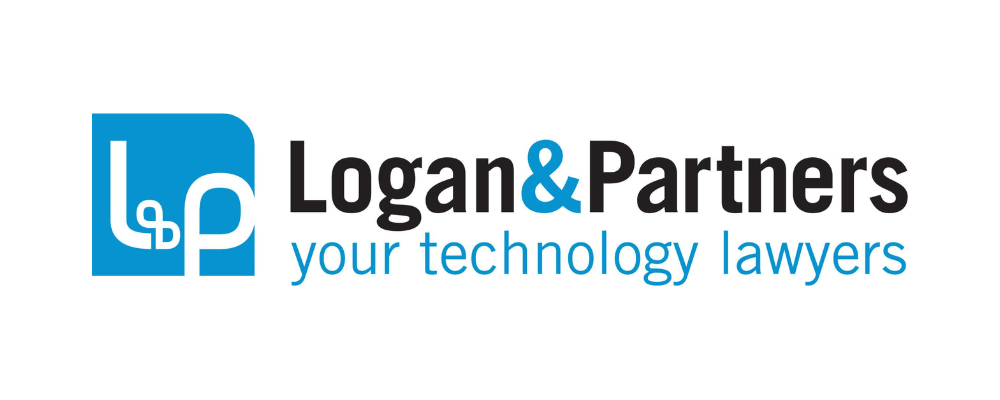1. What is a Shareholders Agreement? Who are the Parties to It?
A shareholders agreement is a legally binding contract between the shareholders of a company and the company. It outlines the rights, responsibilities, and obligations of the shareholders and governs the relationship between them and the company. The parties to a shareholders agreement are typically the founder shareholders and the company and may also include investor shareholders and key stakeholders such as employees who have equity stakes. A shareholder agreement does not have any prescribed form and as such can be flexibly drafted to meet the needs of the relevant parties. Below we review some important provisions that you frequently find in a shareholders agreement.
2. What is the Difference Between a Shareholders Agreement and the Articles of Association?
While both documents are essential, they serve different purposes. The Articles of Association is a public document required by company law which must be filed with the register of companies in the country in which the company is incorporated. It outlines the company’s fundamental structure and rules, including the purpose of the company, how shares can be issued, and the rules for conducting shareholder and director meetings. The Shareholders Agreement is a private contract between the shareholders and the company that provides provisions on managing the relationship between shareholders and the company and normally includes provisions on shareholder rights, share transfers, information rights, management roles, and dispute resolution. The shareholders agreement typically provides additional rights to shareholders that go beyond what is contained in the articles of association.
3. Which prevails? Shareholders Agreement or Articles of Association?
Ideally a shareholders agreement should be drafted in such a way to avoid conflicting terms with those contained in the articles of association. However, a shareholders agreement will contain provisions that are personal to shareholders that are not contained in the articles of association or vary certain provisions in the articles, for example voting rights. As such it is good practice to include a supremacy clause in the shareholders agreement that provides for the shareholders agreement to prevail in the event of a conflict.
4. Adherence Clause
A shareholders agreement should contain a clause that requires any new shareholders to sign up and be bound by the terms of the shareholders agreement.
5. Share Transfers
The shareholders agreement defines how shares may be transferred. Important provisions include the following:
Transfer Restrictions
Transfer restrictions prevent shareholders from selling their shares to external parties without following specific procedures. These restrictions are crucial to maintaining control over who can become a shareholder in the company.
Right of First Refusal
The right of first refusal gives existing shareholders the opportunity to purchase shares from a selling shareholder before they are offered to an outside party. This provision helps maintain the ownership structure and control within the company.
Permitted Transfers
Permitted transfers are share transfers that may be made without the need for approval of other shareholders. They involve shares being transferred within a defined group, such as to existing shareholders, to family members or to a company controlled by a shareholder. This ensures continuity and stability in the ownership structure.
Automatic Transfers
Automatic transfers occur under certain conditions predefined in the shareholders agreement, such as the death or bankruptcy of a shareholder, where an employee shareholder has their employment terminated or where a shareholder materially breaches the terms of the shareholders agreement. The shareholders agreement will specify the circumstances and mechanics of such a transfer.
Tag Along Rights
Tag along rights protect minority shareholders. If a majority shareholder sells their shares to a third party, minority shareholders have the right to join the sale under the same terms and conditions. This ensures that minority shareholders receive fair treatment and the same benefits as majority shareholders during a sale.
Drag Along Rights
Drag along rights allow majority shareholders to force minority shareholders to join in the sale of the company. This provision ensures that potential buyers can acquire 100% ownership without being impeded by minority shareholders, facilitating smoother and more attractive transactions.
6. Pre-Emptive Rights
Pre-emptive rights give existing shareholders the right to purchase new shares before they are offered to external investors. This allows current shareholders to maintain their proportional ownership and prevents dilution of their stakes.
7. Anti-Dilution Clauses
Anti-dilution clauses protect shareholders from having their ownership percentage diluted in future financing rounds. Anti-dilution clauses allow the shareholder to maintain its percentage shareholding in the company by allowing it to purchase a proportional amount of shares in any future share issue at an adjusted price.
8. Board of Directors
The shareholders agreement will typically specify the composition of the initial board of directors and what rights shareholders have to appoint representatives to the board. The shareholders agreement details the appointment and removal processes, decision-making procedures, and how board meetings should be conducted.
9. Information Rights
Information rights provide shareholders access to key financial and operational data about the company. Larger shareholders may be entitled to receive such information on a more regular frequency and to have the right to inspect corporate records.
10. Conclusion
A well-drafted shareholders agreement is essential for the smooth operation and success of a start-up. By understanding and including these key provisions, founders can protect their interests, ensure fair treatment of all shareholders, and establish a solid foundation for their company’s growth. Always consult with a lawyer to tailor the agreement to your specific needs and circumstances, schedule a complimentary, no-obligation call with us.
“Founded in 2010, Logan & Partners is a law firm focusing on Technology Law that delivers legal services like your in-house counsel.
Our team consists of experienced Technology Lawyers, who have all previously worked for highly reputable law firms and possess strong in-house experience, gained by working with local and international companies in Switzerland, the UK and the USA.”
Please visit the firm link to site



